About Francesco Clemente
Born in 1952 in Naples, Italy
Francesco Clemente’s nomadism inflects many aspects of his practice: The artist divides his time between New York, New Mexico, and India, drawing inspiration from the cultural histories of these places as well as from his native Italy. Likewise, he has traversed movements over the course of his four-decade career, having been linked to the Italian Transavanguardia group that emerged in the late 1970s as well as New York’s concurrent neo-expressionism. Both Clemente’s life and work have long been invested in fluidity and indeterminacy, and he has actively resisted participating in any social order. Informed by such diverse practices as Beat poetry, the Tantra traditions of India and Tibet, the ritualism of Joseph Beuys, and Greco-Roman art, Clemente has forged a singular career that seeks intercultural resonance. In works whose poetic intensity has found form in paintings, works on paper, frescoes, photography, book arts, and installations, he regularly turns to portraiture and self-portraiture, employing metaphor and symbolism to consider the nature of the self. Commingling references that are anatomical, botanical, art historical, and mythical, Clemente addresses various dualities that plague philosophy: mind and body, freedom and constraint, part and whole. He approaches painting as a process in which he must wait for his mind and materials to arrive at narrative order together.
In his youth, Clemente wrote poetry and studied classical literature and philosophy; he began painting at the age of twelve after seeing the work of Velázquez at the Museo del Prado in Madrid. In 1970, he embarked on the study of architecture at the Università degli Studi di Roma, La Sapienza, but he left before completing the program in order to dedicate himself to an art practice. He attributes this decision to an encounter with Luca Maria Patella’s 1968 film SKMP2, which casts a surreal light on performances by four Arte Povera artists, including Jannis Kounellis and the director himself. Though he emerged during the heyday of Arte Povera in Italy—and shared the movement’s frustration with the country’s political system and institutions—Clemente eschewed the group’s engagement with found objects and industrial materials. He focused instead on photography, collage, and representational drawing. He nevertheless befriended Arte Povera artist Alighiero Boetti, with whom he travelled to Afghanistan in 1974. Shortly thereafter, he began making the first works he considered to be art. For his first exhibition at Gian Enzo Sperone in Rome in 1974, he photographed his drawings, enlarging, assembling, and framing them. He would not exhibit the 1971–78 drawings themselves until 1982.
Clemente had visited India for the first time when he was nineteen, seeking answers to questions about identity, spirituality, and mortality. He returned in 1975 and studied Sanskrit, as well as Hindu and Buddhist literature, in the library of the Theosophical Society in Chennai. During this period, he established a serial practice, producing hundreds of works on paper informed by his collaborations with Indian papermakers, miniaturists, and sign painters. Over the course of the ’70s, Clemente developed the themes and forms that would recur throughout his career: the human body, sexuality, myth and spirituality, dreamscapes, and his own image.
Clemente participated in the 1980 Venice Biennale, for which he garnered international attention, and he was critically lauded as a leader of the “return to figuration.” The following March, he travelled from India to New York for his first solo exhibition in the United States, presented jointly at Sperone Westwater and Fisher Gallery. He brought with him a series of gouaches on large sheets of paper joined with handwoven cotton strips—transportable “canvases” which suited his peripatetic life. He soon relocated to downtown Manhattan and established a studio on Broadway, where he continues to work today. In the ’80s, Clemente participated in the cross-fertilization of the moment, collaborating with poets, dancers, musicians, and other painters, including Morton Feldman, Andy Warhol, Jean-Michel Basquiat, Allen Ginsberg, Robert Creeley, and Rene Ricard. He made his first large-scale oil paintings, a series called The Fourteen Stations, in 1981–82, doubling down on the medium just as the “death of painting” was announced by Douglas Crimp, and he presented them at Whitechapel Art Gallery in London in 1983. The following year, he collaborated with Warhol and Basquiat on a group of works and simultaneously developed book projects, including three works with Ginsberg. Such collaborations contributed to an ethos art historian Pamela Kort has identified: “Clemente’s art advocates experience, not theory. It argues for the need for a break with one’s engrained notions of Self, rather than a break with past aesthetic traditions.”
In 1982, art critic and editor Raymond Foye invited Clemente to produce a series of lithographs to illustrate a book of his choice, and he selected Alberto Savinio’s wartime diary from 1917, The Departure of the Argonaut. The resulting forty-eight prints, which Clemente described as “coincidences between word and image,” were exhibited at the Museum of Modern Art, New York, in 1986. That year, Clemente and Foye founded the imprint Hanuman Books, which through 1993 published books whose format was inspired by Indian prayer books; each was dedicated to an obscure work in translation or to the writings of a contemporary poet or artist.
In the spring of 1985, three exhibitions dedicated to Clemente were mounted simultaneously in New York at Sperone Westwater Gallery, Leo Castelli Gallery, and Mary Boone Gallery. In the New York Times, critic John Russell wrote, “These three exhibitions prove that it is possible to be consistently touching, stimulating, and provocative while remaining unemphatic throughout.” Later that year, Michael Auping curated a travelling survey that debuted at the John and Mable Ringling Museum of Art in Sarasota, Florida, before it was presented at the Walker Art Center in Minneapolis; the Dallas Museum of Art; the University Art Museum at UC Berkeley; the Albright-Knox Art Gallery in Buffalo; and the Museum of Contemporary Art, Los Angeles. In 1985, Clemente also completed a mural for the iconic, now-demolished Palladium nightclub in New York.
Clemente returned to Italy and India regularly, and traveled throughout the globe to the Caribbean, Egypt, Japan, Brazil, and the American Southwest. During a 1995 trip to Mount Abu in the Himalayas, Clemente painted a watercolor each day for fifty-one days. In 1996, he painted the seventeen large-scale and site-specific paintings that comprise La Stanza della Madre (Mother’s Room), commissioned by the Guggenheim Museum in Bilbao. In 1998, he collaborated with filmmaker Alfonso Cuarón, creating the portraits that were featured in the film Great Expectations. The following year, a major retrospective dedicated to Clemente’s work opened at the Solomon R. Guggenheim Museum in New York, travelling to the Guggenheim Bilbao in 2000. Major retrospectives of Clemente’s work have also been held at the Philadelphia Museum of Art (1990); the Royal Academy of Arts, London (1991); Centre Pompidou, Paris (1994); Sezon Museum of Art, Tokyo (1994); Irish Museum of Modern Art, Dublin (2004); Museo d’Arte Contemporanea Donnaregina (MADRE), Naples (2009); Schirn Kunsthalle Frankfurt (2011); and the Rubin Museum of Art, New York (2014).
Clemente’s recent work includes Encampment, a 30,000-square-foot installation presented at MASS MoCA in North Adams, Massachusetts, in 2015–16. The work includes six painted and embroidered tents fabricated in collaboration with artisans in Rajasthan, India. In 2016, he painted a monumental mural at the Springs Center of Art in Beijing titled The Tide of the Ocean of Stories, inspired by the 11th-century collection of Indian stories recounted by Hindu poet Somadeva. In 2018, he completed a new body of paintings dedicated to Federico García Lorca’s Poet in New York, a collection of poems written by the Spanish author while living in New York in 1929–30.
-
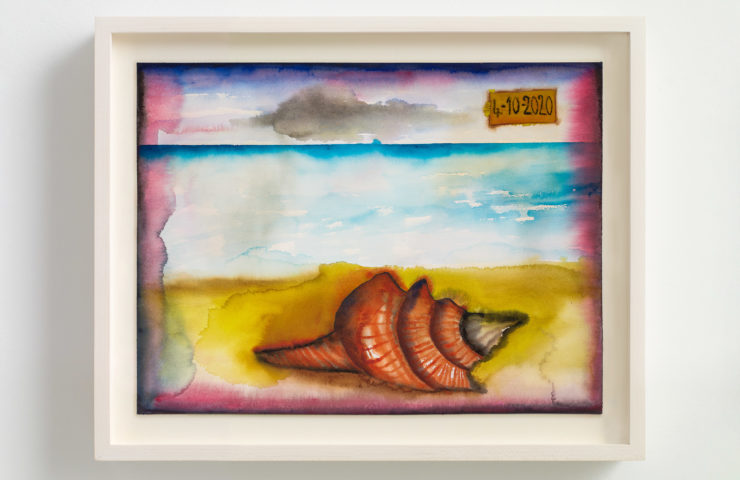
4-10-2020 – Sold
2020
-
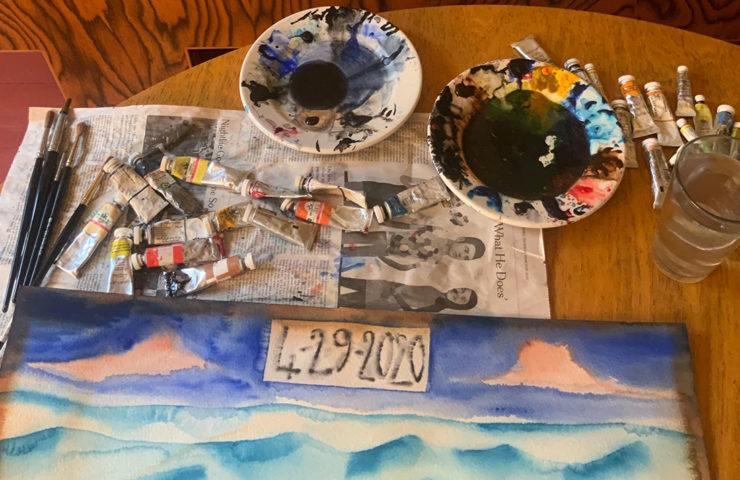
-
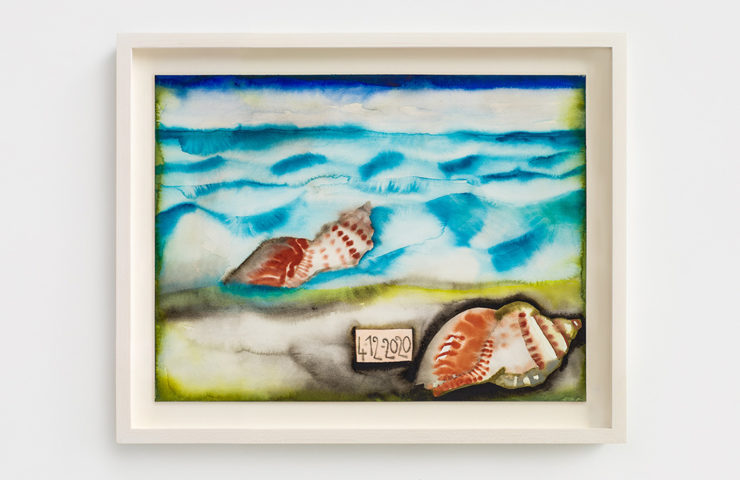
4-12-2020 – Sold
2020
-
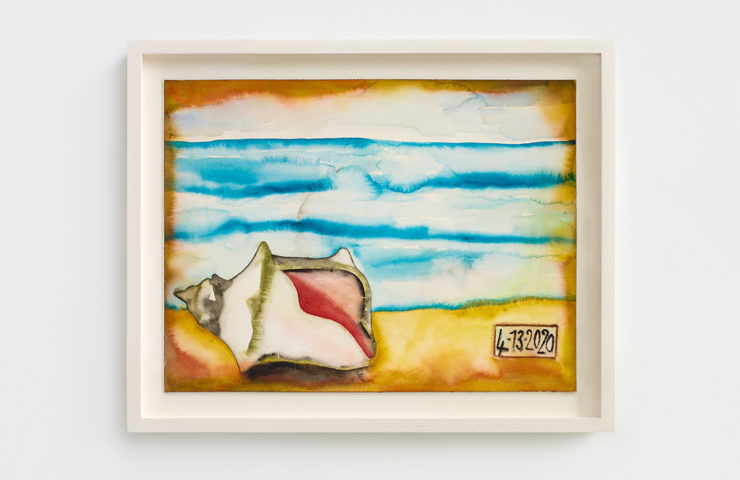
4-13-2020 – Sold
2020
-
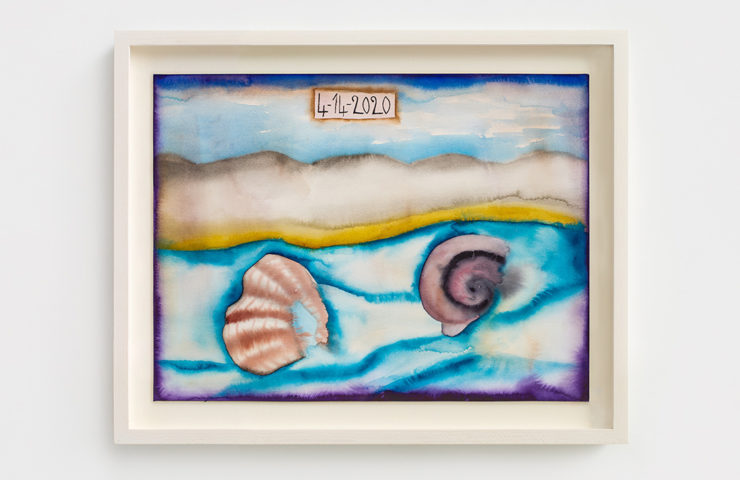
4-14-2020 – Sold
2020
-
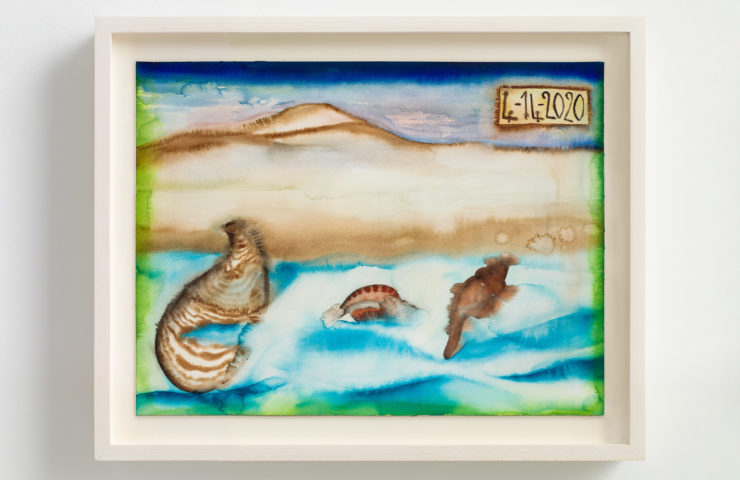
4-14-2020 – Sold
2020
-

-
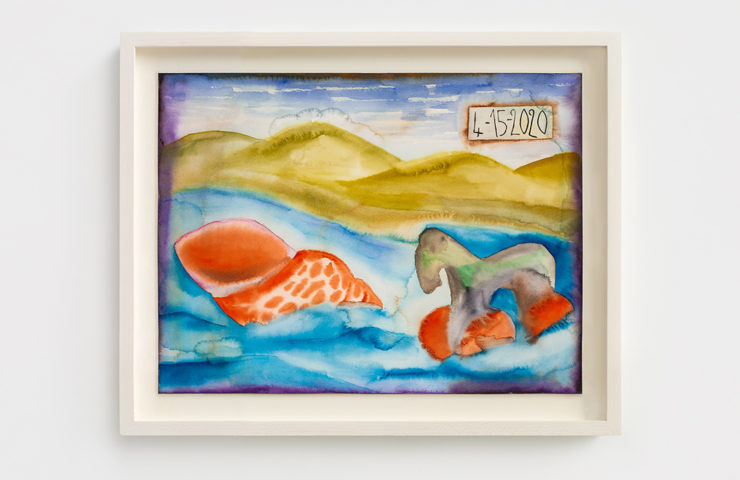
4-15-2020
2020
-
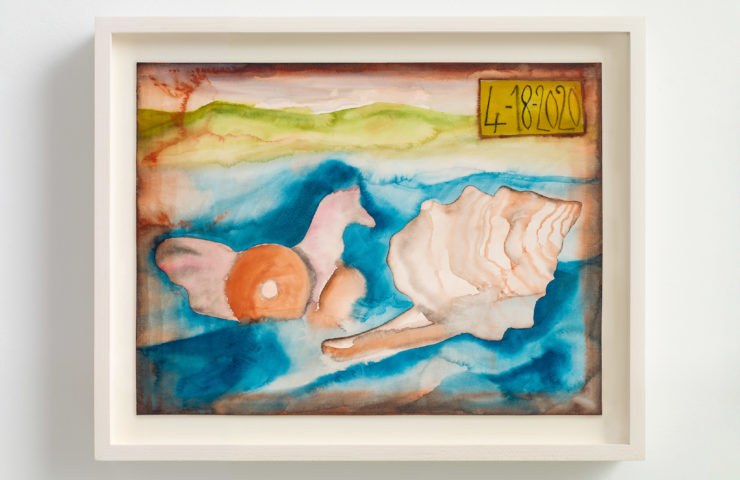
4-18-2020
2020
-

4-20-2020
2020
-
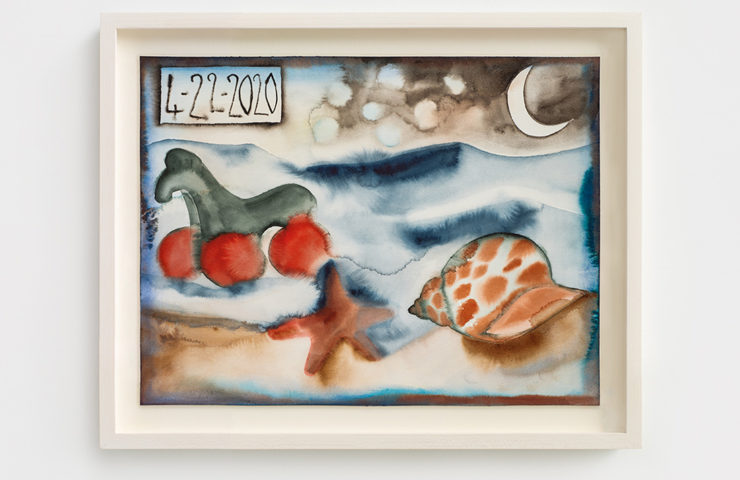
4-22-2020 Sold
2020
-
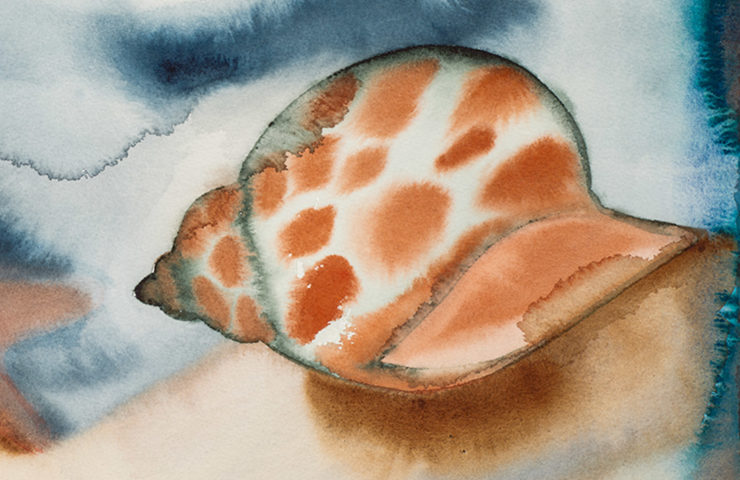
-
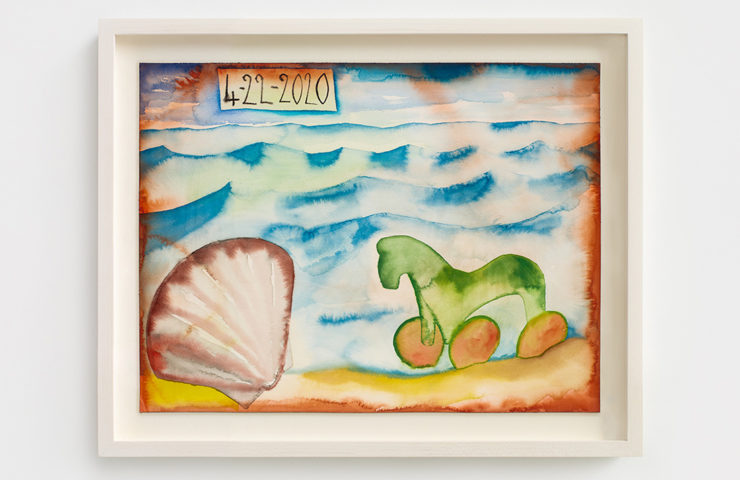
4-22-2020
2020
-

4-23-2020 – Sold
2020
-
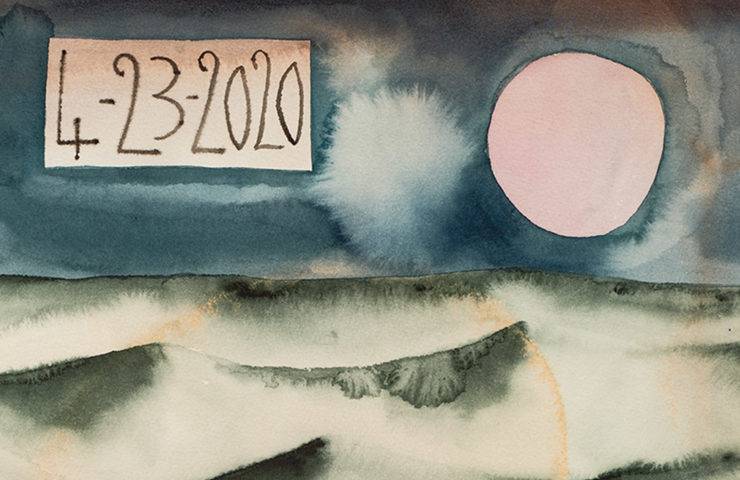
4-23-2020
-
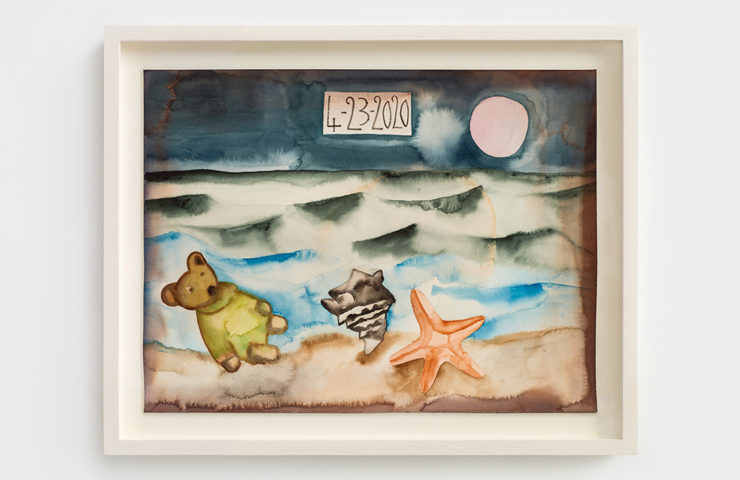
4-23-2020 – Sold
2020
-
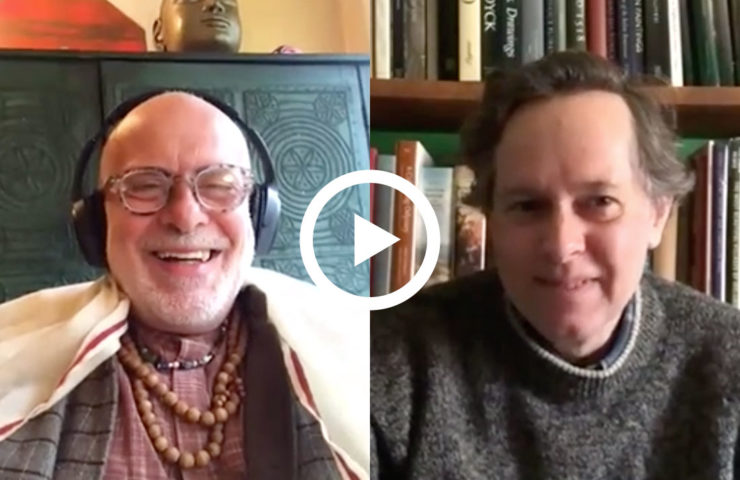
Conversation | Francesco Clemente & Raymond Foye
April 2020
-

About Francesco Clemente
Born in 1952 in Naples, Italy
-

Donate | #FirstRespondersFirst

